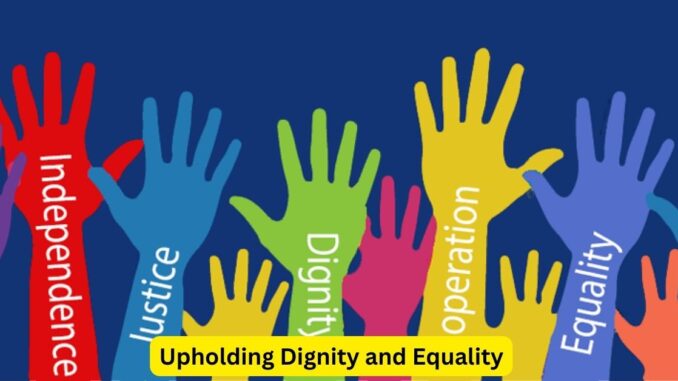
International Human Rights Law stands as a beacon of hope, advocating for the fundamental rights and freedoms inherent to all individuals, regardless of nationality, ethnicity, gender, or any other status. This body of law establishes a universal framework aimed at safeguarding human dignity, equality, and justice across the globe.
- Foundation of Universal Rights: International Human Rights Law is rooted in universal principles articulated in key documents like the Universal Declaration of Human Rights (UDHR). Adopted in 1948 by the United Nations General Assembly, the UDHR outlines the basic rights and freedoms to which all individuals are entitled.
- International Treaties and Conventions: Alongside the UDHR, various international treaties and conventions further codify and protect human rights. Treaties like the International Covenant on Civil and Political Rights (ICCPR) and the International Covenant on Economic, Social, and Cultural Rights (ICESCR) delineate specific rights and provide mechanisms for their enforcement.
- Protection of Civil and Political Rights: International Human Rights Law encompasses civil and political rights such as the right to life, freedom of speech, freedom from torture, and the right to a fair trial. These rights form the core of ensuring individual liberty and equality before the law.
- Promotion of Economic, Social, and Cultural Rights: It also addresses economic, social, and cultural rights, including the right to education, health, adequate standard of living, and cultural participation. These rights emphasize the importance of a dignified and equitable quality of life for all.
- Enforcement Mechanisms: International Human Rights Law establishes mechanisms for enforcement and oversight. Bodies like the United Nations Human Rights Council, regional courts (e.g., European Court of Human Rights), and treaty-based committees monitor compliance and address violations.
- Intersectionality and Inclusivity: Emphasizing the intersectionality of rights, this legal framework acknowledges the interconnectedness of various rights and the impact of discrimination based on multiple grounds. It underscores the importance of addressing intersecting forms of discrimination and protecting vulnerable groups.
- Challenges and Progress: Implementing and enforcing international human rights standards face challenges, including lack of political will, cultural relativism, and limited resources. However, strides have been made through advocacy, awareness campaigns, and legal precedents that have bolstered human rights protections worldwide.
- Role of Advocacy and Education: Civil society organizations, human rights activists, and legal experts play a crucial role in advancing human rights. Their advocacy efforts, coupled with education and awareness campaigns, contribute significantly to upholding and expanding human rights protections globally.
International Human Rights Law stands as a cornerstone of justice and equality, serving as a guidepost for nations to ensure the protection of the inherent dignity and rights of every individual. Upholding these rights requires a collective commitment from governments, organizations, and individuals to create a world where human rights are respected, protected, and fulfilled for all.
Leave a Reply